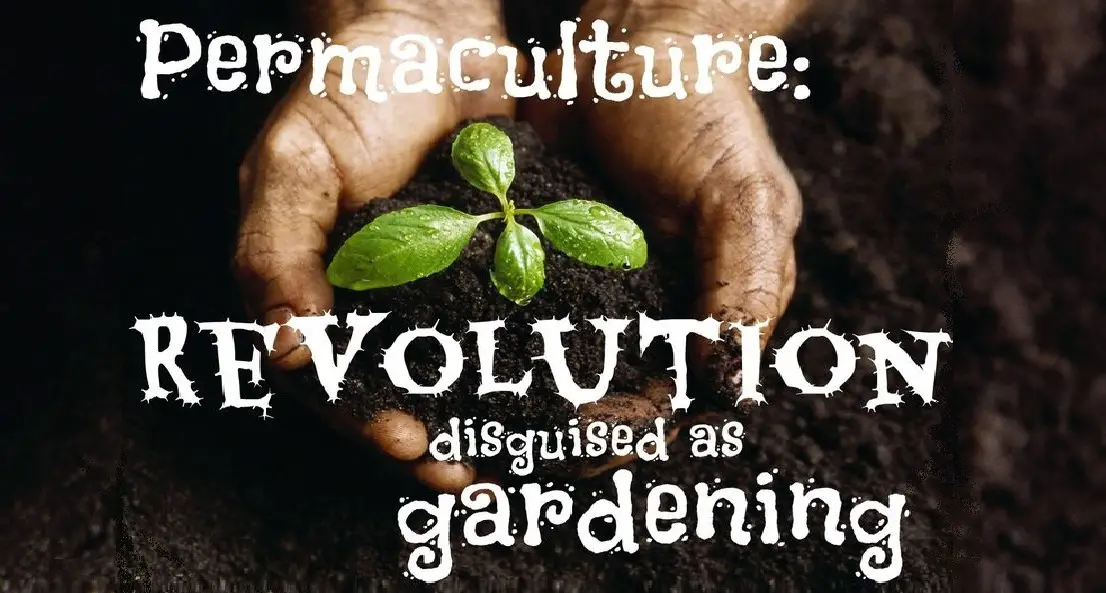Permaculture: The Future of Self-Sufficient, Community-Based Living

November 17th, 2016
Guest writer for Wake Up World
The fact of the matter is that, over the years, we have allowed ourselves to become more and more accepting of the urban way of life, with an ever increasing over-dependence on technology systems. Many of us have lost that innate feeling of oneness with nature. We have lost our heart-based connection to nature’s divine ebb and flow, as well as our understanding of our responsible place in it. Disconnected from our food supply, we expect to have instant food without ever questioning where it came from and under what conditions it was grown and raised. We have little consideration for the cycles of nature and how the fine balance of life is maintained. In effect, we have forgotten our role in nature. We have lost our innate interdependence and our sense of constructive, community-based living, and instead sacrificed it to the technology systems of the power structure, on which we rely more now than ever.
So what’s the solution?
The Future of Self-Sufficient, Community-Based Living
Permaculture — meaning ‘permanent agriculture’ or ‘permanent culture’ — is a practice originally developed by Australians Bill Mollison and David Holmgren in the early 1970’s. Since then it has spread all over the world like wildfire. Unlike the current world paradigm of mass production, permaculture is an ethical practical/applied philosophy based on the design and maintenance of a productive, eco-friendly, self-sustaining agricultural system that provides all the resources needed — food, soil, water, medicine, utilities, building infrastructure — for local community-based living. In harmony with nature, it provides the basis of a psychologically sound, thriving sustainable community.
Permaculture is a rescue package for our sick and dying society. Creating a healthy future for humanity, it is not just a sustainable solution to our resource needs, it is a demonstration of people power, the triumph of ‘service to others’ over ‘service to self.’
Sustainable community-based living allows communities to trade with each other, encouraging cooperation. There’s little need to go to supermarkets for food supplies as permaculture communities have all the fresh food they can eat growing in their back gardens. If a food source is missing in one community, it can usually be supplied by another. Local communities frequently meet with others for trading and helping each other out. They also meet up socially. Nobody goes homeless, becomes socially isolated, is left hungry, or in poverty. This is real community in action.
Using natural resources to deal with the imbalances, free from toxic chemicals, oil and the spoils of industrial agriculture, permaculture respects the environment and all its flora and fauna. Working in cooperation with nature, not against it, the permaculture system has been successfully adapted to mountainous areas, woodland, forestry, the jungle, the desert — in other words, through education, local knowledge and design, permaculture can be applied in all of the different terrains of the world, and in all temperature extremes.
By bringing permaculture into our local communities, we can provide for our needs while caring for our environment and rebuilding our sense of community — everything we need to make our world a better place!
No comments:
Post a Comment